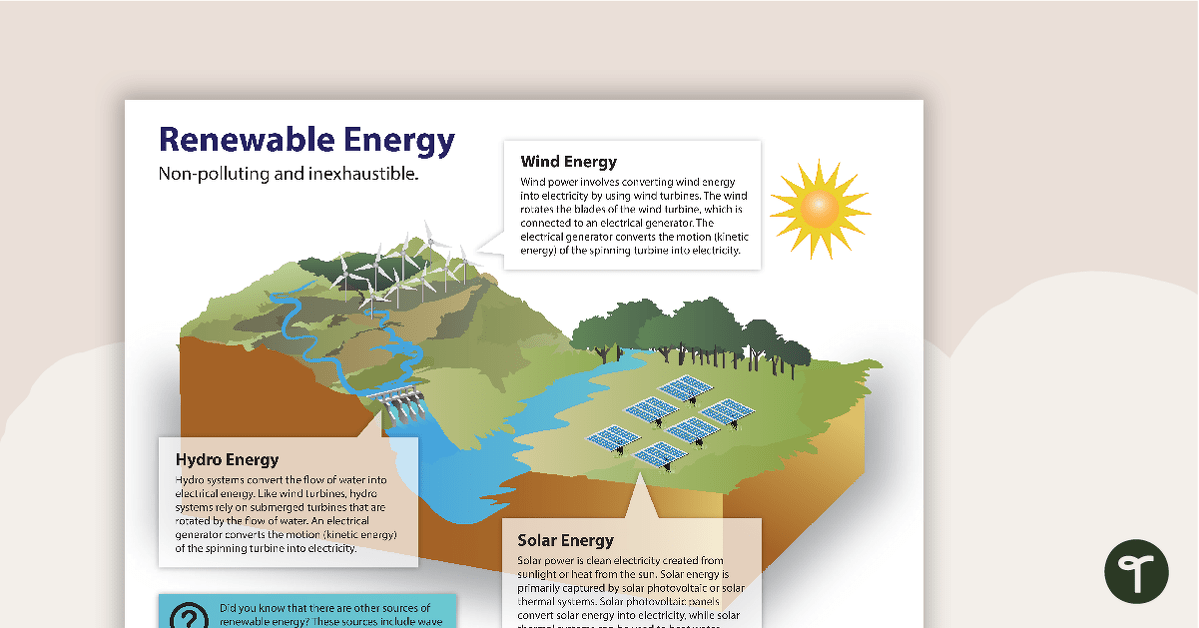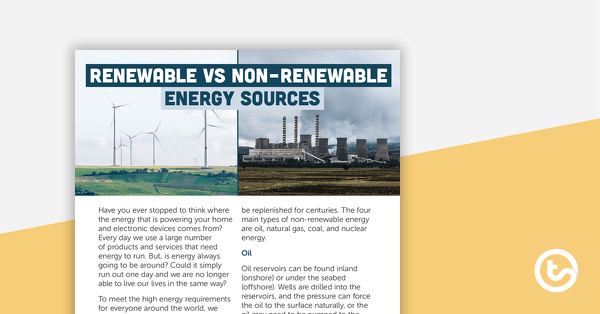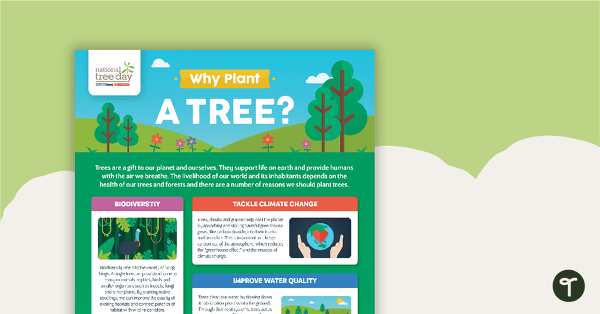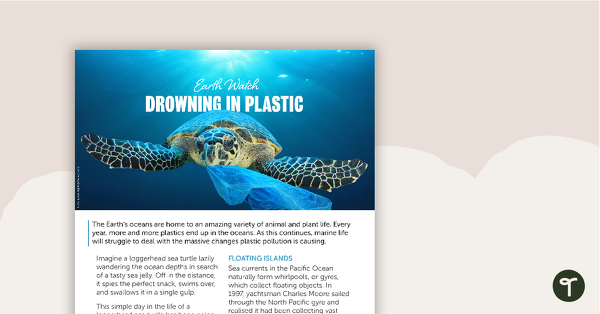A set of two posters displaying and examining renewable and non-renewable energy sources, including wind energy, hydro energy, solar energy, natural gas, oil and coal.
Renewable Energy
Non-polluting and inexhaustible.
Wind Energy
Wind power involves converting wind energy into electricity by using wind turbines. The wind rotates the blades of the wind turbine, which is connected to an electrical generator. The electrical generator converts the motion (kinetic energy) of the spinning turbine into electricity.
Hydro Energy
Hydro systems convert the flow of water into electrical energy. Like wind turbines, hydro systems rely on submerged turbines that are rotated by the flow of water. An electrical generator converts the motion (kinetic energy) of the spinning turbine into electricity.
Solar Energy
Solar power is clean electricity created from sunlight or heat from the sun. Solar energy is primarily captured by solar photovoltaic or solar thermal systems. Solar photovoltaic panels convert solar energy into electricity, while solar thermal systems can be used to heat water.
Did you know that there are other sources of renewable energy? These sources include wave energy, geothermal energy and biofuels.
Non-renewable Energy
Polluting and exhaustible.
Oil
Oil reservoirs can be found inland (onshore) or under the sea bed (offshore), thousands of metres deep. Wells are drilled into the reservoirs and the pressure can force the oil to the surface naturally or the oil may need to be pumped to the surface. The oil is then refined into petroleum products such as petrol, diesel and kerosene.
Natural Gas
Natural gas is found in rock reservoirs under the ground or deep under the ocean. It can be used to generate electricity in gas-fired power stations. The gas is combined with air, burned in a combustion chamber and compressed to produce combustion gas. This high pressure gas expands through a turbine. An electrical generator converts kinetic energy of the rotating turbine into electricity.
Coal
Coal is mined by open-cut or underground mining techniques. It is crushed into a fine powder and burned in a furnace to generate heat and produce high pressure steam. The steam is used to turn a turbine and drive a generator that converts the kinetic energy into electricity.
Nuclear energy is also considered non-renewable as it requires uranium ore to be mined for fuel and produces highly hazardous radioactive waste.












0 Comments
Write a review to help other teachers and parents like yourself. If you'd like to request a change to this resource, or report an error, select the corresponding tab above.